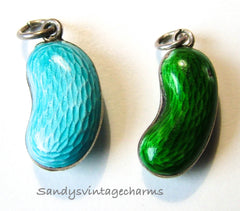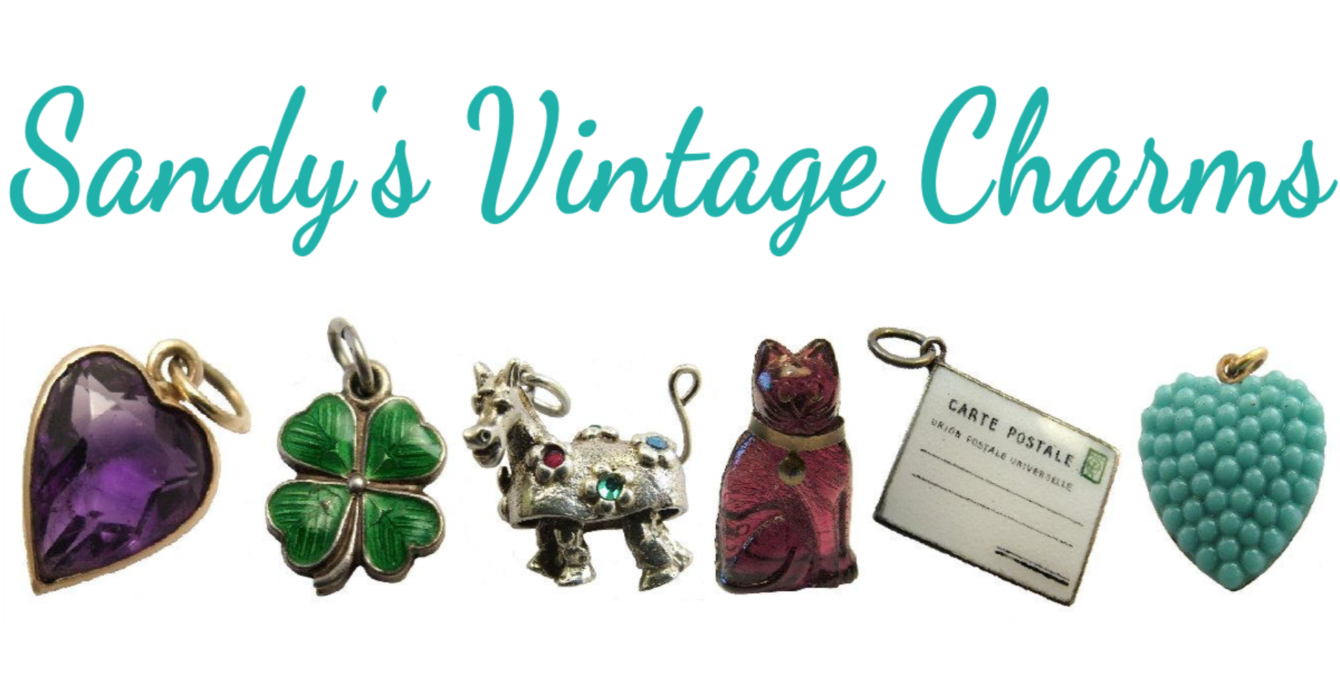The humble bean .... from broad beans, to baked beans, from edamame to kidney beans. They come in all different sizes and colours but what made them lucky?
Imagine 500 or 600 years ago you are walking along a beach and find a strange nut like object you have never seen before. Unbeknown to you, you have just found a sea bean. It could have drifted for weeks or months and travelled hundreds, perhaps thousands, of miles from an exotic land.

Sea beans were seeds from giant pods found in the Caribbean and North & South America. They drifted across the Atlantic and washed up on the beaches of Europe. It is said that it was these seeds that inspired Christopher Columbus to travel west to look for a new route through to India and China.

The outer shell of the bean protected the seed inside from the salt water of the ocean so they were still able to germinate many months later when they washed up in Europe. This ability to germinate after such a long journey led people to believe they were a good luck talisman for fertility and would be given as gifts to couples trying for children.



From left to right: A carved nephrite jade bean, a Blue John carved bean and a glass Goldstone bean.
As the beans were quite rare it was common for local craftsmen to make sea beans, carved from wood or bone, and sell them as lucky talismans. They were made into pendants to be worn as necklaces or beads strung as bracelets. As time went on the beans became symbols of not just fertility but of endurance, growth, new beginnings and longevity.



From left to right: A carved amethyst bean, a Victorian silver bean with Scottish agate inlay and a Blue John carved bean.
During the Victorian era the sentimental meaning of jewellery was very important. Gemstones had a language of their own so these were regularly added to beans to give more meaning. Turquoise was set into the beans for "forget-me-not" and diamonds for "true love". Beans were also carved form natural stones like rock crystal, amethyst, citrine, quartz and Blue John giving them a whole new meaning.



Three gold antique bean charms, one with an enamel four leaf clover and the other two set with turquoise and pearls.



Antique silver and enamel lucky bean charms.



Victorian and Edwardian gold beans, one engraved “Boodles”, a diamond set one with a matching heart charm and an engraved one covered with ivy leaves.
There has been a resurgence in their popularity over the last couple of years and antique versions are now highly sought after. They are still being worn today as lucky charms and talismans.


A very rare gold and enamel locket bean charm.



An unusual red enamel gold bean set with a pearl and a rare gold opening bean with a heart inside.

A very rare and rather gorgeous gold opening bean charm with a rabbit inside. Thank you to @charmingb_vintage for sharing her picture.

All text and images copyright Sandy’s Vintage
Charms 2021.


Thank you for this wonderful article, and the pictures are absolutely spectacular! I enjoyed it greatly, and will share my newfound knowledge as you’ve shared yours. 😀 You are appreciated!
Sandy, this was so interesting. I knew the kidney bean shape was considered good luck but never knew why. I will now wear my lucky charm with more knowledge on what it means!
What a fascinating history behind these beans! Loved all the examples showing how the humble bean evolved. Thanks so much for writing this article, Sandy!
Loved seeing so many lucky bean charms. Thank you!
Wonderful article Sandy! Thanks so much for sharing.